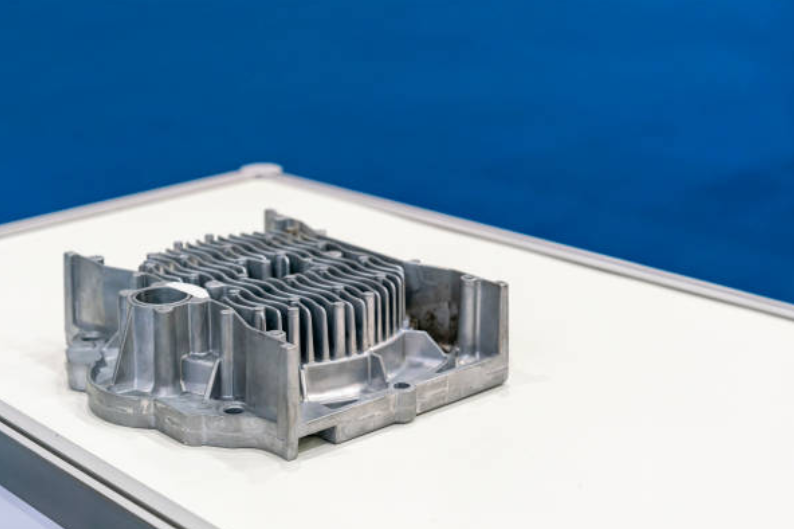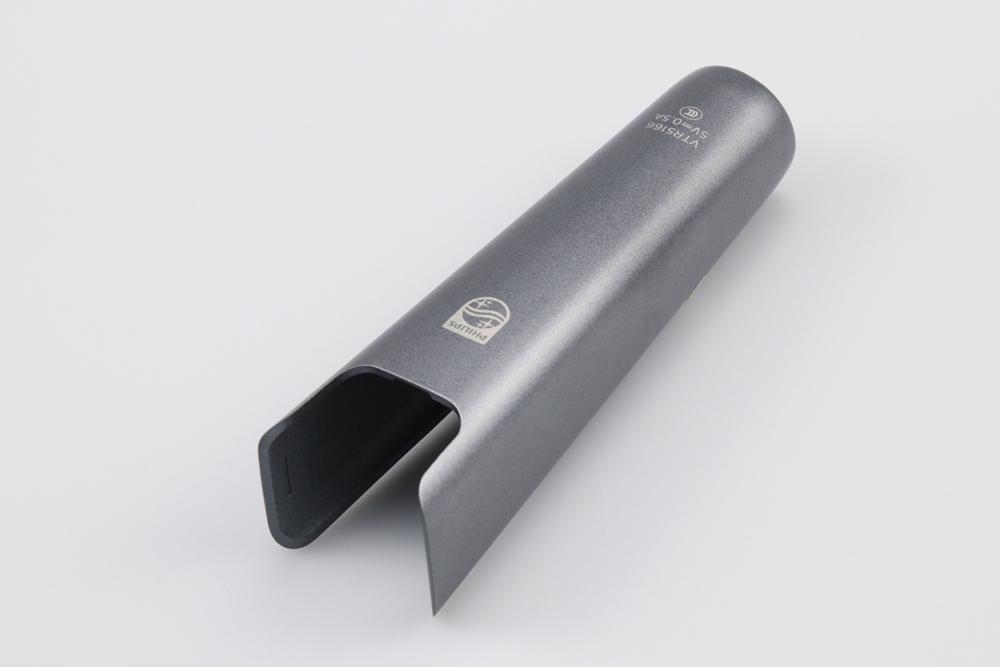What factors most impact natural convection efficiency in heatsink design?
Natural convection is the primary cooling mechanism in passive LED lighting systems, making heatsink design one of the most influential contributors to overall thermal efficiency. For aluminum heatsinks manufactured via aluminum die casting, optimizing airflow behavior, surface area exposure, and structural geometry is essential to keep LED junction temperatures within acceptable ranges. Neway combines design simulation, manufacturing validation, and surface engineering to ensure that every cast or machined heatsink maintains consistent thermal performance over its service life.
Geometry and Airflow Behavior
Fin orientation, spacing, and height have the greatest influence on convection efficiency. Narrow fin spacing restricts airflow, while excessively tall fins create resistance against buoyant airflow. Die casting allows precise integration of ribs and channels that can be shaped to promote upward air movement. Early-phase airflow studies supported by 3D printing prototyping help verify flow patterns, heat dissipation margins, and hotspot locations before entering tooling for mass production.
Material and Surface Conduction
Heat must spread efficiently before it can dissipate into ambient air. This is why Neway selects alloys such as A380 and A356 for heatsink housings, due to their favorable conductivity and die castability. Areas of direct LED contact are refined through CNC machining prototyping to maintain a flat, uniform interface with minimal thermal resistance. Too many sharp transitions, thick roots, or abrupt corners can trap heat—so conduction paths are intentionally smoothed using casting and machining strategies.
Surface Treatments for Thermal Radiation
Natural convection is often complemented by thermal radiation. Increasing surface emissivity through anodizing or thermal coating enhances heat emission, particularly in enclosed or stagnant air environments. Before coating, consistent surface preparation such as sandblasting enhances adhesion and prevents oxidation, helping maintain long-term performance of heat-dissipating structures.
Installation Environment and Orientation
Even the most efficient heatsink can underperform if airflow is blocked. Mounting direction, fixture spacing, and enclosure volume strongly affect convection. In architectural and outdoor lighting solutions, vertical placement generally enhances airflow, while recessed or sealed designs may require hybrid cooling strategies. Testing prototypes using realistic mounting angles and spacing ensures that the design intent aligns with thermal performance under actual usage conditions.



